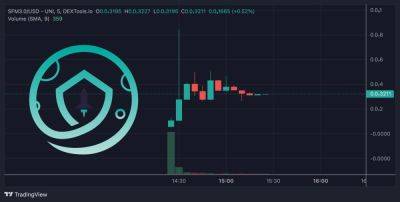International Central Bank Group BIS: Global Financial System Could Benefit from Unified CBDCs
A unified electronic ledger, combining central bank digital currencies (CBDCs) and other tokenized assets, has the potential to enhance the global financial system, according to a report by the Bank for International Settlements (BIS).
The proposed ledger would leverage automated smart contracts that exist on blockchains like Ethereum to facilitate seamless transactions.
The current financial system relies on third-party messaging systems, such as SWIFT, leading to delays and incomplete views of actions.
The unified ledger, as envisioned by the BIS, would eliminate these inefficiencies, providing a single platform for central bank money, commercial money, and various assets—all tokenized and interacting.
The concept of combining smart contracts with tokenization was explained by the BIS in a video posted on Twitter:
In a press release, BIS's Head of Research, Hyun Song Shin, emphasized that a unified ledger would open up new possibilities by streamlining securities settlement processes and enabling tokenized deposits with built-in regulatory checks.
This could reduce trade finance costs, in particular for smaller companies, Shin explained.
The head researcher elaborated on the same concept in another video shared by the BIS, saying:
“Currently, money and other claims reside in separate databases that are connected through third-party messaging systems, meaning that transactions need to be reconciled separately before being settled with finality.”
He added that “tokenization makes all this one seamless operation.”
Notably, the implementation of a unified ledger for cross-border payments would require significant policy harmonization among jurisdictions.
The BIS report also highlighted the need for collaboration between central banks
Read more on cryptonews.com






















